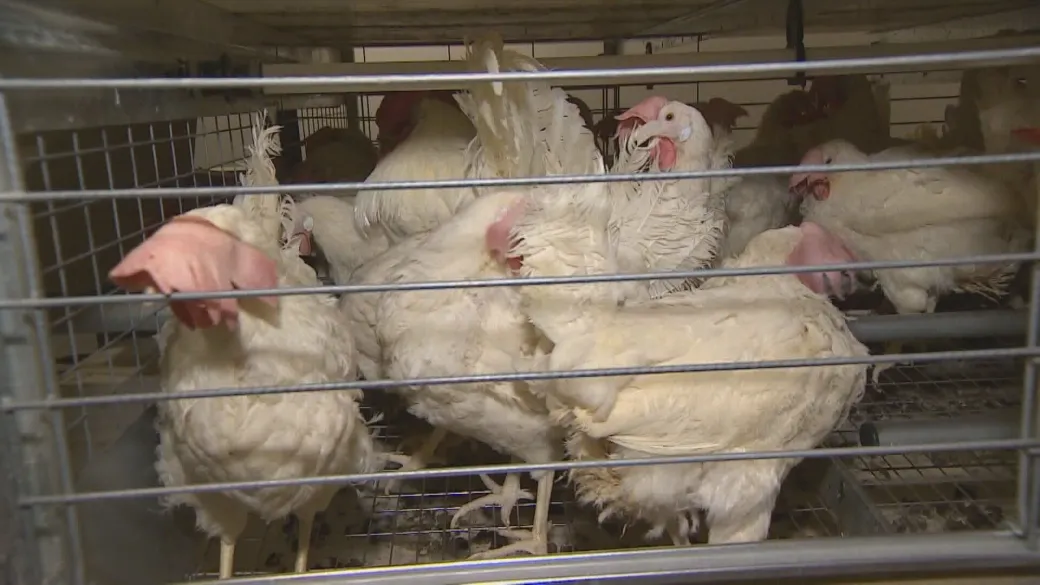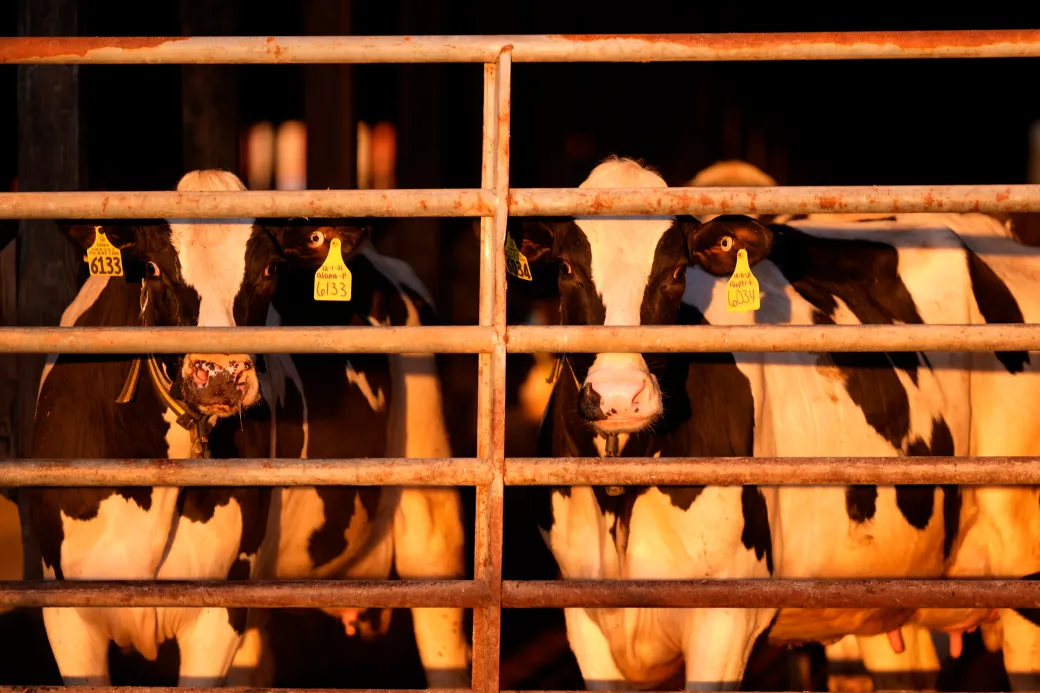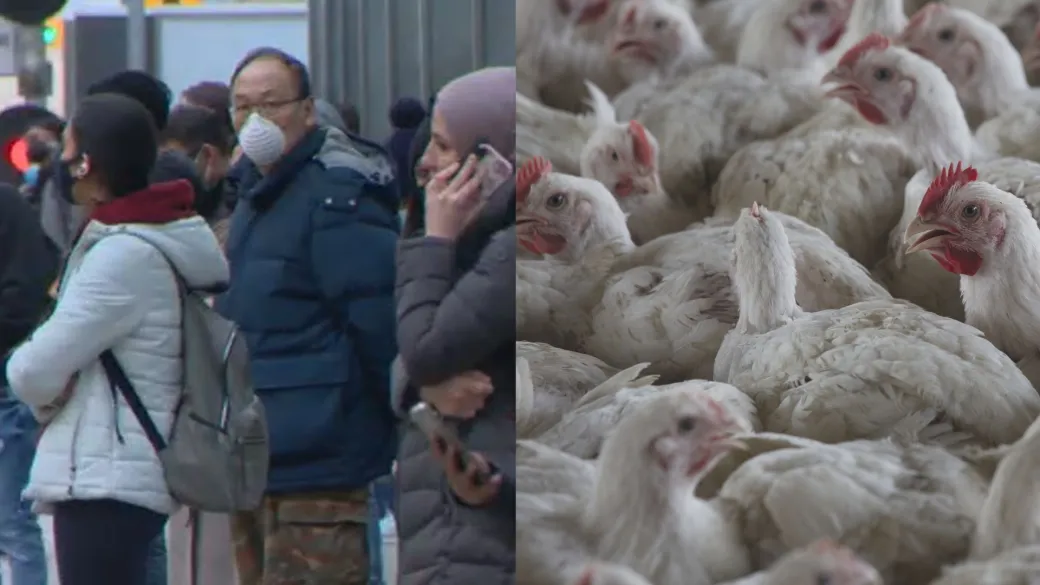

People have been hearing a lot about H5N1 bird flu — or highly pathogenic avian influenza — since a B.C. teen became the first human to get the virus in Canada and is in hospital.

It’s not yet known how the teen got infected, but Dr. Theresa Tam, Canada’s chief public health officer, said on Wednesday that genomic sequencing shows they have a strain of H5N1 similar to the strains found in poultry farm outbreaks in British Columbia.
More than 20 locations with infected poultry have been identified in the province since the beginning of October, according to a news release posted recently on the B.C. government website.
The H5N1 strain the teen has is not the same genotype that’s been found in people who were infected by dairy cattle in the U.S., Tam said in an interview.
While there have been several outbreaks of bird flu on dairy farms in multiple states, the virus has not been detected on dairy farms anywhere in Canada.

The Canadian Food Inspection Agency has been testing raw milk arriving at processing plants in each province for the bird flu virus.
It has also been testing pasteurized retail milk samples.
Tam said that like wastewater testing for viruses such as COVID-19 and seasonal flu, the milk testing aims to provide an “early warning” signal if H5N1 has reached dairy farms in Canada.
Yes, as long as milk has been pasteurized, the Canadian Food Inspection Agency says.
“In Canada, milk must be pasteurized before sale. The pasteurization process kills harmful bacteria and viruses, including HPAI (highly pathogenic avian influenza), ensuring milk and milk products are safe to drink and eat,” the CFIA website says.
Yes, as long as they are cooked thoroughly.
As of Nov. 13, there were 28 infected poultry locations in British Columbia, two in Alberta and one in Saskatchewan, according to the Canadian Food Inspection Agency’s website.
Shayan Sharif, a pathobiology professor at the Ontario Veterinary College at the University of Guelph, said he believes H5N1 will reach poultry farms in other provinces.
“I hope to be proven wrong … but I think it’s probably going to come eastward in the not too distant future,” he told The Canadian Press.

Farmers are required to notify the CFIA if they suspect their birds or livestock have avian flu.
All poultry must be killed on farms that have tested positive for H5N1, said Sharif. But cattle don’t have to be killed, he said.
The virus can be spread through direct contact with infected animals, but can also spread through contaminated barns and other environments.
“Biosecurity” is one of the most important ways to stop the spread of avian flu between farms, Sharif said.
That means workers should wear personal protective equipment and change clothing when they enter and exit a farm where avian flu has been detected.

It also means not sharing equipment between farms, as well as washing and disinfecting trucks delivering supplies and feed, he said.
Sharif said he supports offering avian flu vaccines to farm workers — a move that Finland has adopted.
Health Canada has authorized three influenza vaccines that could be used to protect against H5N1 avian flu.
Those vaccines are not currently available here, but Tam said public health officials are “very interested” in learning from Finland and are actively looking into the potential use of H5N1 vaccines as they monitor avian flu activity in Canada.


